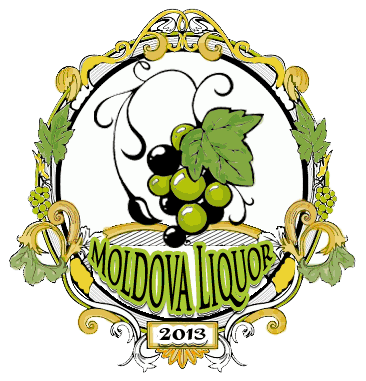
Music ON/ OFF

Importer Distributor

United States Canada
Wine Regions
Moldova is divided into four grape growing zones: Northern, Central or Codru, Southeastern and Southern. Each region has its own landscape, climatic, and soil particularities described below.


Northern
Balti (northern) zone, 5,750 ha: The Balti zone is the smallest in Moldova with few sizeable commercial vineyards. The zone experiences on average 2,100 hours of sunshine per year and has rainfall that ranges from 520mm to 620mm per year. It is 200 to 250 meters above sea level. The zone has longer and colder winters than others, with warm and dry summers and autumns. Its soils are grey and podzolized chernozems on clay and chalky bedrock. The region is most suitable for white varietals, such as Sauvignon Blanc, Riesling, Chardonnay, Pinot Gris, Traminer, Feteasca Albă, and Aligoté. Much of the area’s grapes are used for brandy production (known locally as "divin"); however fine white varieties are also produced.
Surface area: 5,750 ha Climate: 2,100 hours of sunshine Rainfall: from 520mm to 620mm per year Altitudes: 200—250 meters above sea level
Central or Codru
Codru (central) zone, 31,500 ha: The Codru zone has an Eastern continental climate with average annual sunshine of 2,135 hours. Rainfall in the zone ranges from 550mm to 680 mm per year, and there is good access to water. Winters are long, but still mild, with warm summers and autumns. It averages 100 to 150 meters above sea level. The soils in the Codru zone are grey and forest soils — i.e. podzolized chernozems. The favorable landscape — woody hills predominate — protects the vineyards from winter freeze and summer drought, which are characteristic of the continental climate. This favors the cultivation of white grapes, such as the indigenous Feteasca Albă, Chardonnay, Sauvignon Blanc, Riesling, Traminer, and Aligoté. The wines produced here are soft and fresh with a pronounced floral aroma.
Surface area: 31,500 ha
Climate: 2,135 hours of sunshine
Rainfall: from 550mm to 680mm per year
Altitudes: 100—150 meters above sea level
Southeastern
Dniester (southeastern) zone, 15,750 ha: The Dniester zone has moderate continental climate influenced by the Black Sea. It averages 2,200 hours of sunshine per year and has an annual rainfall ranging from 450mm to 550 mm. Given its proximity to the Black Sea, it is low-lying, averaging only 60 to 70 meters above sea level. Its soils are podzolized and carbonated chernozems. The zone stretches along the western bank of the Dniester River and is pampered by gentle breezes that flow from the sea. This region’s conditions are perfect for the cultivation of red grape varietals such as Merlot, Cabernet Sauvignon, and the indigenous Rara Neagră. The wines produced here have a perfect, harmonious taste and rich bouquet with aromas of morocco, black currant, violet, and noble oak.
Surface area: 15,750 ha
Climate: 2,200 hours of sunshine
Rainfall: from 450mm to 550mm per year
Altitudes: 60—70 meters above sea level
Southern
Cahul (southern) zone, 52,500 ha: The Cahul zone experiences approximately 2,500 hours of sunshine per year and annual rainfall from 350mm to 500 mm. The area is similar to the Mediterranean, with warm dry summers and short mild winters. Higher than other zones in Moldova, the Cahul zone’s altitude ranges from 280 to 300 meters above sea level. Its soils are leached and carbonated chernozems. Most of zone’s vineyards are located on the slopes of the Nistru and Prut river valleys. The region is drier than other parts of the country and has a significant portion of sandy and clay soils, which allows for a higher concentration of sugar in the grapes. Red varieties such as Pinot Noir, Merlot, and Cabernet Sauvignon are common in the region, which is suitable for producing full bodied wines with concentrated aroma. The region is also famous for Moldova’s best red dessert wines.
Surface area: 52,500 ha
Climate: 2,500 hours of sunshine
Rainfall: from 350mm to 500mm per year
Altitudes: 280—300 meters above sea level




